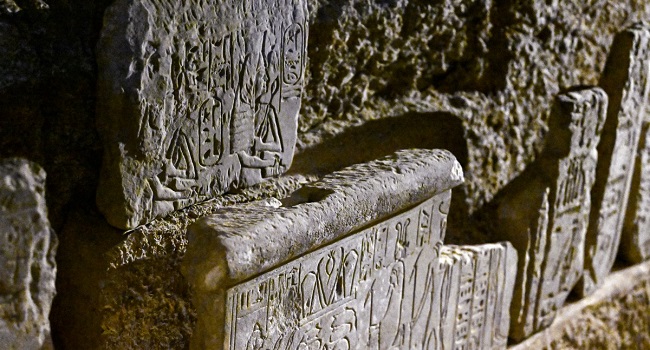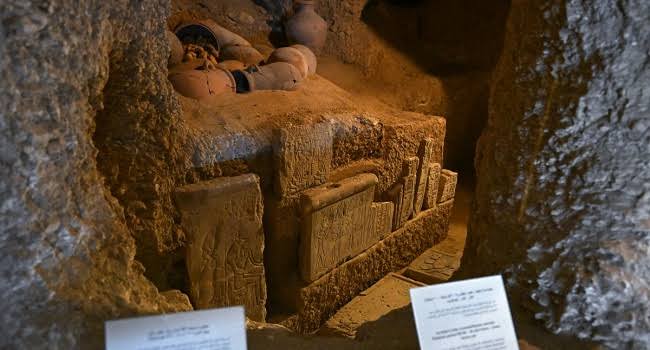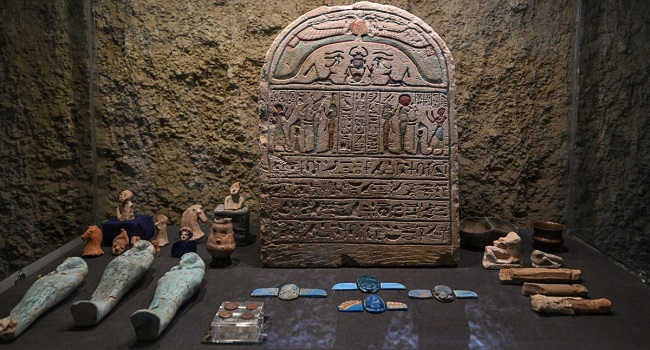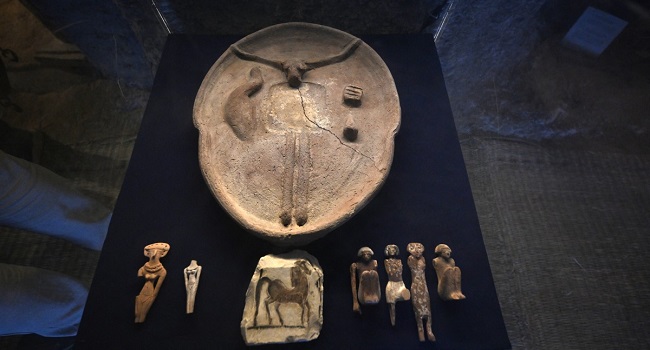Egypt has unveiled remarkable archaeological discoveries in Luxor, including 4,000-year-old tombs of high-ranking officials and intricate artwork from the reign of Queen Hatshepsut.
The findings were announced on Wednesday after a three-year excavation in the Deir al-Bahari area, part of the necropolis of Thebes, located on the Nile’s west bank.
Renowned Egyptologist Zahi Hawass, who led the excavation in collaboration with Egypt’s Supreme Council of Antiquities, revealed that the artefacts date back to the 15th Dynasty (1650-1550 BC) and the 18th Dynasty (1550-1292 BC), which saw the reigns of iconic rulers like Queen Hatshepsut and King Tutankhamun.
Key discoveries include an intact portion of Queen Hatshepsut’s valley temple foundation, adorned with vividly coloured bas-reliefs and inscriptions.
Among these are over 1,500 decorated blocks depicting the queen and her successor, Thutmose III, engaging in sacred rituals.
“This is the most beautiful scene I have ever seen in my life,” Hawass remarked, calling the find a groundbreaking revelation about 18th Dynasty temple decorations.
Beneath the temple, archaeologists unearthed ceremonial tools bearing Queen Hatshepsut’s name, alongside rock-cut tombs of Middle Kingdom officials and an 18th Dynasty tomb belonging to the “Overseer of the Palace” of Queen Tetisheri, grandmother to King Ahmose I.
Ahmose I is credited with expelling the Hyksos, a foreign group that ruled the Nile Delta for nearly a century.
The site also yielded burial shafts with wooden coffins marked by the feather emblem of the 17th Dynasty, children’s graves containing ancient toys, and additional artefacts that offer glimpses into life during these eras.
This announcement comes as Egypt intensifies efforts to boost its tourism sector, a vital component of its economy. Last year, Egypt welcomed 15.7 million tourists and aims to increase that figure to 18 million in 2025, leveraging its rich cultural heritage to attract global attention.





